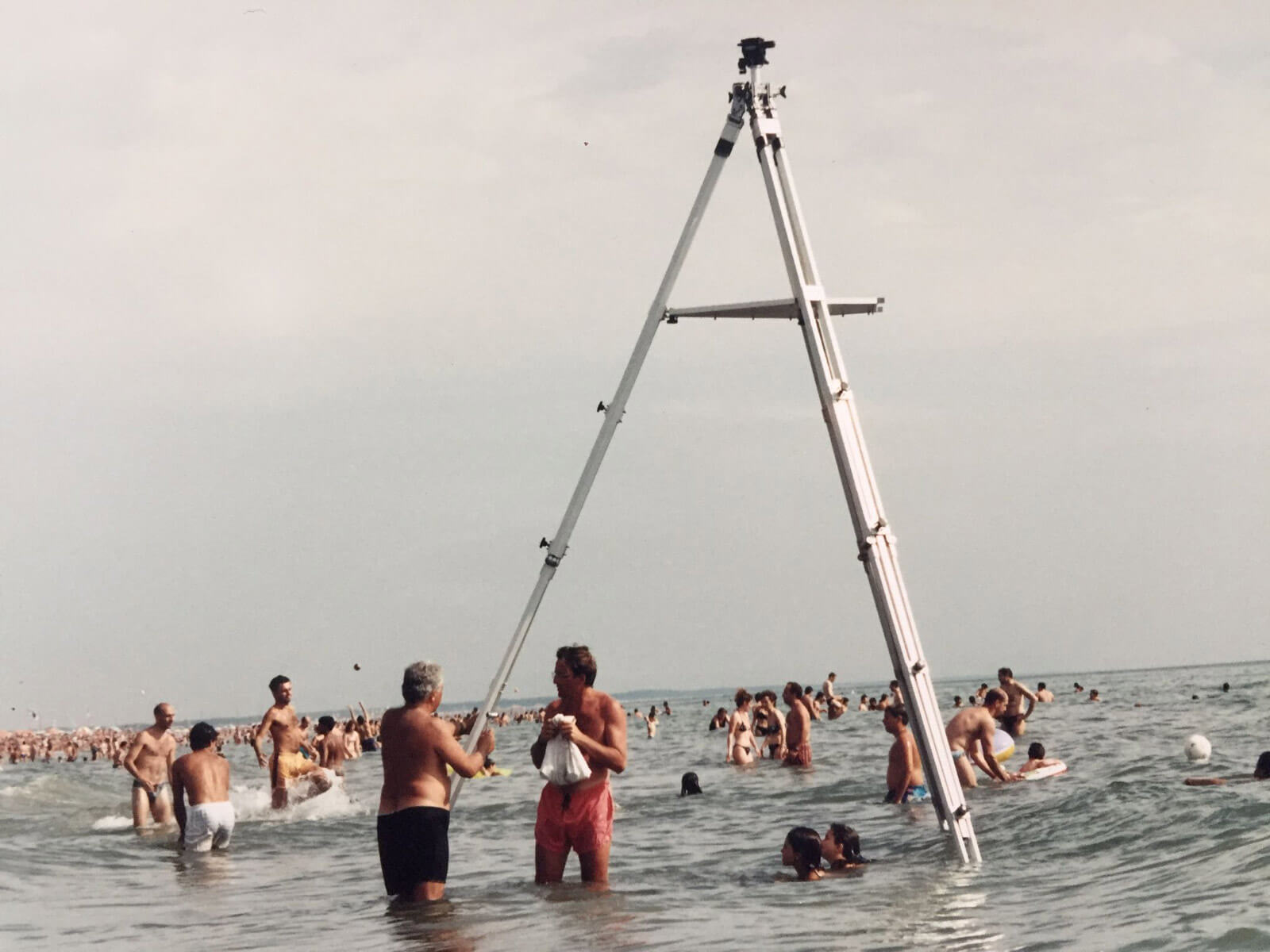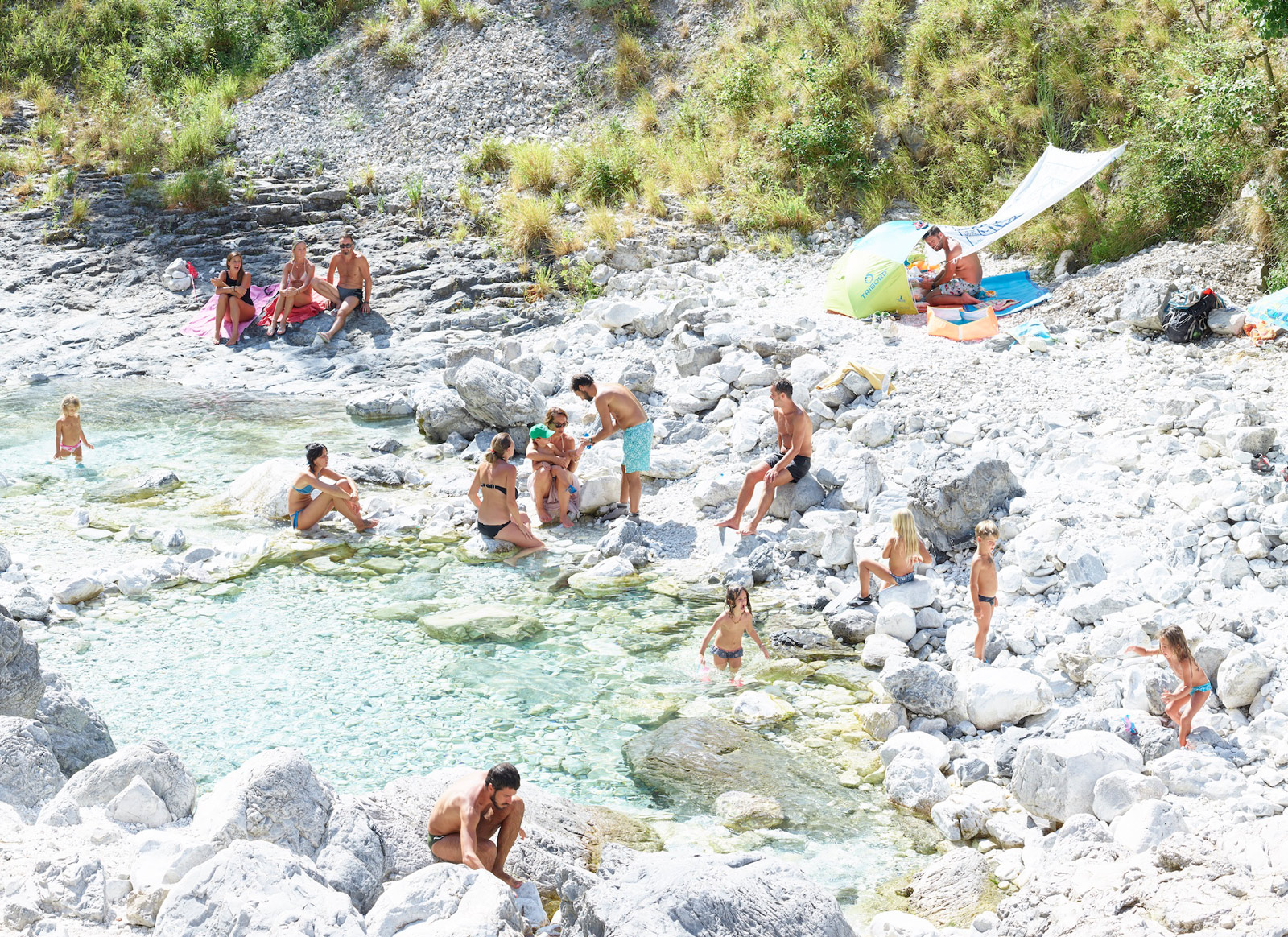Massimo Vitali’s diptych of the Sao Paolo market in Brazil highlights the dichotomy of digital vs. analog photography and its various implications. One photograph is taken with analog film and one with a digital camera, leaving the viewer to contemplate the minimal difference between the two images. The artist’s intent is to provoke in the viewer a series of reflections specifically on the medium employed and more generally on the larger idea of representation.
The principal reflection which is raised by the photographs is the age-old question of the relationship between photography and reality which goes beyond the technical differences of analog and digital photography.
The question of representation which has defined the history of photography again becomes of paramount importance, drawing together both ethical and aesthetic questions viewed through the lens of the technical dichotomy of analog vs. digital.









